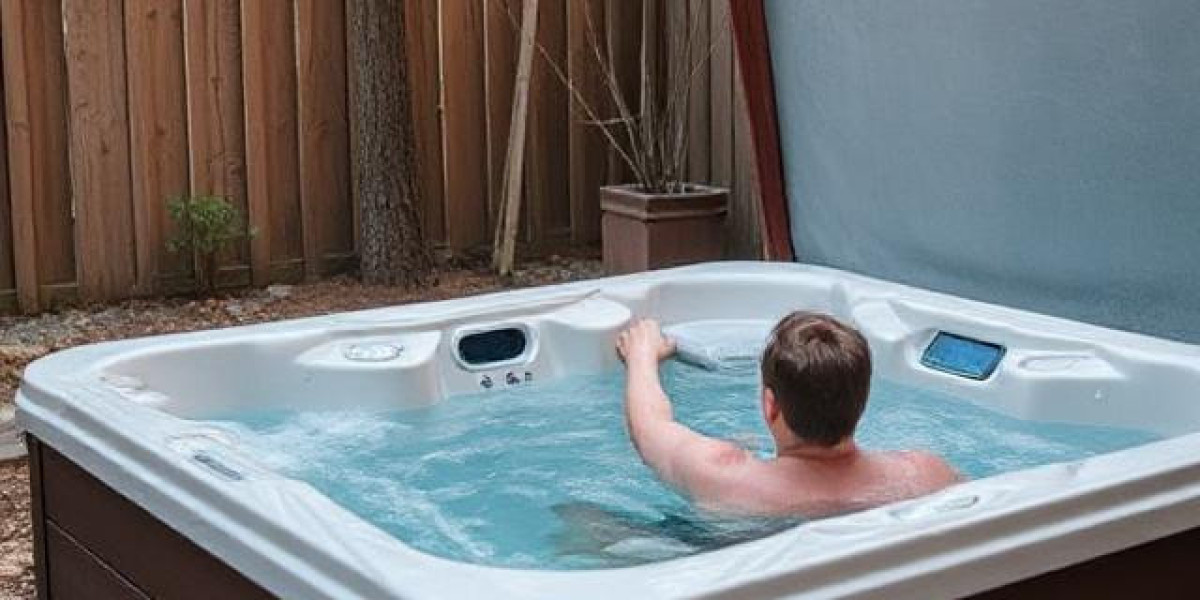Hot tubs are the ultimate at-home luxury, offering relaxation, hydrotherapy, and a place to unwind after a long day. But like any piece of equipment, they can run into problems whether it’s heating issues, water leaks, or malfunctioning jets. Delaying repairs can lead to bigger headaches and even more costly damage. Here’s why fixing your hot tub promptly is essential and how to tackle common issues.
Why Timely Hot Tub Repair Matters
When your hot tub starts showing signs of trouble like inconsistent water temperature, cloudy water, or strange noises it’s tempting to ignore them and hope they’ll go away. Unfortunately, hot tubs rarely heal themselves.
Preventing Further Damage: Small problems often grow into major ones. A minor leak can escalate into significant water loss, which can damage the pump, heater, or surrounding components. Fixing issues early ensures you don’t end up replacing entire systems.
Saving Money in the Long Run: Ignoring repairs often means higher costs later. For example, a faulty heater element is far cheaper to replace early than repairing a damaged pump or circuit board caused by overheating.
Maintaining Safety: Hot tubs combine water and electricity—two things that demand caution. A malfunctioning heater or exposed wiring could pose safety hazards. Timely repair helps keep you, your family, and your friends safe.
Common Hot Tub Problems and How to Fix Them
Every hot tub owner will face repairs at some point. Knowing the most common problems and their solutions can help you act quickly and avoid downtime.
Hot Tub Not Heating: If your hot tub isn’t heating, it could be due to a tripped breaker, faulty heating element, or broken thermostat.
Fix:
> Check your breaker panel and reset if necessary.
> Inspect the heater assembly for visible damage.
> Replace the heating element if it’s worn out.
Weak or No Water Jets: Low water pressure from the jets often points to clogged filters, blocked pipes, or a faulty pump.
Fix:
> Clean or replace your filter.
> Remove any debris from the jets and pipes.
> Inspect the pump for wear and replace if needed.
Water Leaks: Leaks can come from plumbing connections, pump seals, or even cracks in the shell.
Fix:
> Turn off the hot tub and inspect the source.
> Tighten loose fittings or replace damaged seals.
> For shell cracks, use a hot tub repair kit.
Cloudy or Foamy Water: Poor water chemistry, high levels of contaminants, or dirty filters can cause cloudy water.
Fix:
> Test and balance your water chemistry (pH, alkalinity, sanitizer).
> Drain and refill if water is badly contaminated.
> Clean your filters regularly.
Why Professional Help Is Sometimes the Best Choice
While some hot tub repairs Los Angeles are easy DIY projects, others require specialized tools, expertise, and safety precautions.
Expertise in Complex Repairs: Electrical problems, internal plumbing repairs, or full system diagnostics are best left to certified technicians. They can troubleshoot efficiently and ensure repairs meet safety standards.
Warranty Protection: Many hot tubs come with manufacturer warranties that can be voided by improper repairs. Hiring a pro ensures you keep your coverage intact.
Time and Convenience: Instead of spending your weekend troubleshooting, a technician can handle repairs quickly, getting your hot tub back up and running with minimal hassle.
Final Thoughts
Fixing your hot tub near me promptly is more than a matter of convenience; it’s about protecting your investment, ensuring safety, and maintaining the relaxing experience you bought it for in the first place. Whether it’s a minor heating issue or a major plumbing repair, acting quickly can save you from costly damage and unnecessary stress.








